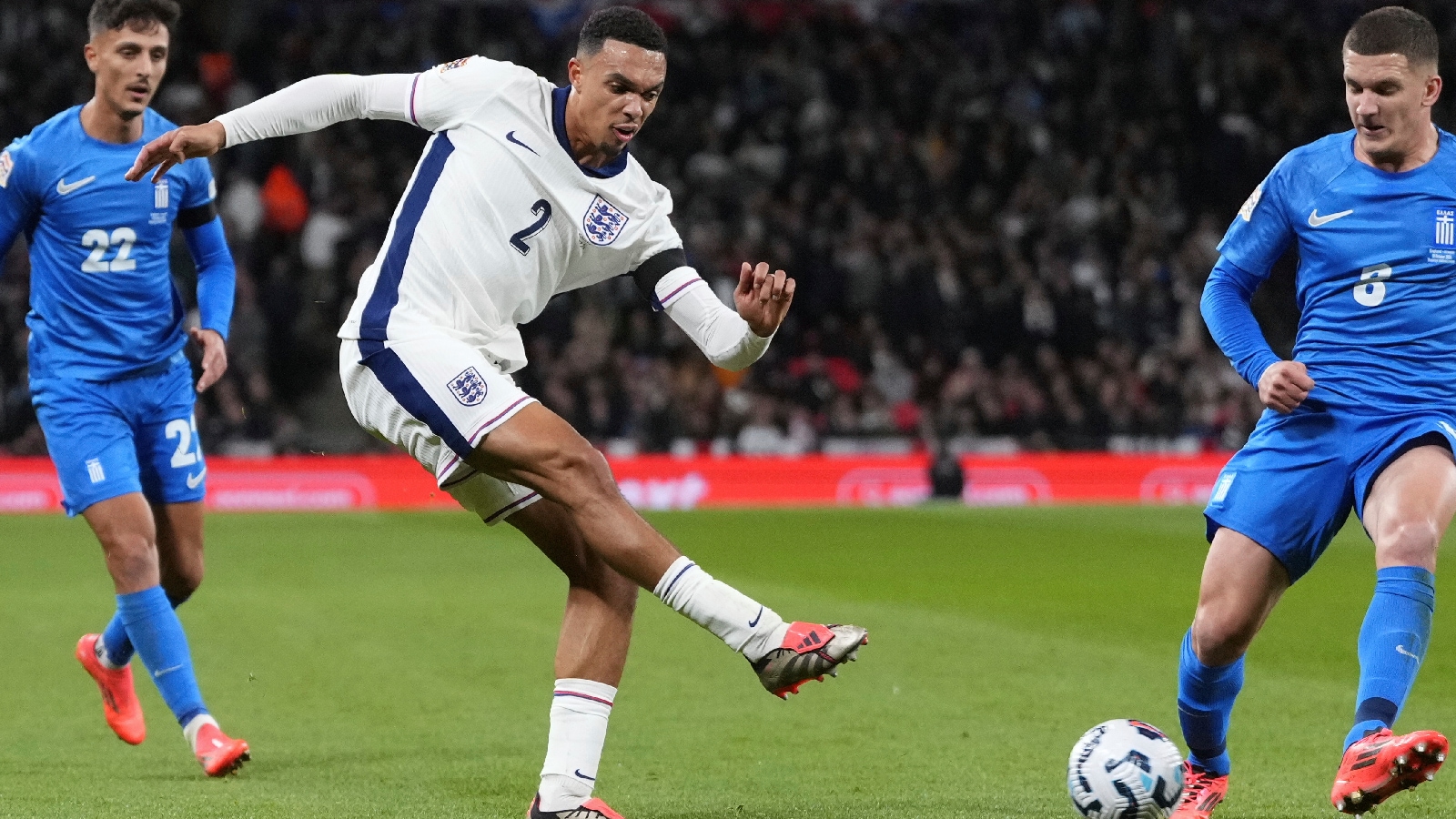ARTICLE AD BOX
World champion Gukesh Dommaraju made headlines last year when he became the youngest world champion in chess history at the tender age of 18. For many players on the chess circuit, Gukesh was already a phenom much before he became a world champion. The Chennai lad had become a grandmaster at the age of 12, the second youngest player in history at the age to gain chess’ highest title. Around the same age, Gukesh was also challenging top players and leaving them “very embarrassed” as Levon Aronian recounted this week in an interview for Saint Louis Chess Club with grandmaster Yasser Seirawan. Aronian and Gukesh are both competing in the Sinquefield Cup at the moment where the interview happened.
“When I think Gukesh was about 12 years of age he was playing in a tournament at the Isle of Man. We had some kind of an after-tournament get together during the closing ceremony. I think he said to me, ‘Let’s play a game of blitz’. I was thinking. ‘Okay, what does he want?’ But then, I lost the game. I was very embarrassed. I thought to myself, ‘My God, how can this happen?’ It was one of those events where the losing player’s out!” Aronian told Seirawan on the sidelines of the Sinquefield Cup when asked if Gukesh’s rise had surprised him.
Aronian’s comments come just after legend Garry Kasparov made some sharp comments about Gukesh’s world championship title not being the same as Magnus Carlsen or him winning the world championship crown.
Aronian is on a roll these days, having won the Freestyle Chess event in Las Vegas and then winning the St Louis Rapid and Blitz tournament before the Sinquefield Cup, which is played in a classical format.
Gukesh’s results after becoming world champion
While Gukesh’s win over Ding Liren in the Singapore World Championship was remarkable in itself, him winning the ultra-competitive Candidates Tournament at the start of the year was equally impressive since he sliced through a loaded field containing eight pedigreed players like Ian Nepomniachtchi, Fabiano Caruana, Hikaru Nakamura, Praggnanandhaa, Vidit Gujrathi and Alireza Firouzja.
Since becoming world champion, however, Gukesh has struggled a little barring in tournaments like the Tata Steel Chess tournament in Wijk aan Zee and Norway Chess. Gukesh also topped the table after the rapid section of the SuperUnited Rapid and Blitz Croatia tournament, but then had a wretched blitz section.
Aronian impressed by India’s chess revolution
Aronian also had positive things to say about the Indian chess revolution. In fact, Aronian called India the “fatherland of chess” and praised the government for backing players.
Story continues below this ad
“The change in chess is coming from the fatherland of chess, India. When you see, for example, Divya won the FIDE Women’s World Cup. And the fact that she gets awarded five-folds of the FIDE prize money (from the government), that sends a great message to young girls. That actually, you know, back in the day, you had to have somebody completely nuts like László Polgár (father of Judit and Susan Polgar) to bring out such a genius like Judit into this world, and help her to show that women actually can play chess on the same level. Now I think with the help in India and with the government support, I’m very hopeful we’ll have somebody coming close to (Judit),” said Aronian.
 In the last 13 months, Divya Deshmukh has become a world junior champion, helped the Indian women’s team win the Chess Olympiad gold medal and now finally claimed a World Cup gold, while also becoming a grandmaster. (Photo credit: Anna Shtourman/FIDE)
In the last 13 months, Divya Deshmukh has become a world junior champion, helped the Indian women’s team win the Chess Olympiad gold medal and now finally claimed a World Cup gold, while also becoming a grandmaster. (Photo credit: Anna Shtourman/FIDE)
Why Levon Aronian is ‘optimistic’ about future of chess
Aronian went on to add how the Grand Chess Tour, of which the Sinquefield Cup is a part, also played a role in helping players become financially independent.
“I think the Grand Chess Tour helped a lot. It’s been 15 years almost. That of course elevated chess. Once you are on the tour, you don’t need any other tournaments. But what we have now, I think, we have some sort of a slow boom because during the COVID years a lot of people got into the game. It took some time. In some different fields, it happens immediately. With chess, it’s happening slower. I’m very optimistic about the future of chess,” the Armenian grandmaster who now represents the USA, said.
WATCH: Levon Aronian talks about Gukesh, and the India’s rise
Aronian traces chess becoming popular
Aronian said that chess became popular during the Bobby Fischer era, and then experienced a lull.
Story continues below this ad
“If you think back in time, chess had its rise thanks to Bobby Fisher, right? In the 1970s. There was popularity and then unfortunately he left the game. Then there was a lull,” Aronian said before continuing: “Then you had the fall of Soviet Union which kind of created opportunities, and also opened open up the borders. Yeah, if you if you look at the tournaments in 1990s, it was Linares, Tilberg, Wijk aan Zee, little bit Tilberg… But the chess calendar was very empty. Some players, who were top 10 players, they were struggling!”
Aronian went on to point out how Kirsan Ilyumzhinov, a Russian diplomat and politician who came from the Russian Republic of Kalmykia, had also given an impetus to chess during his term as FIDE president from 1995 to 2018. Ilyumzhinov was succeeded by the current president, Arkady Dvorkovich, in 2018.
“When Ilyumzhinov came, he brought some money to chess and lots of players — I mean, after those hungry years — lots of players got paid. And it was possible for a lot of people to become professional and stay afloat,” he said.



.png)
.png)
.png)
























 English (US) ·
English (US) ·